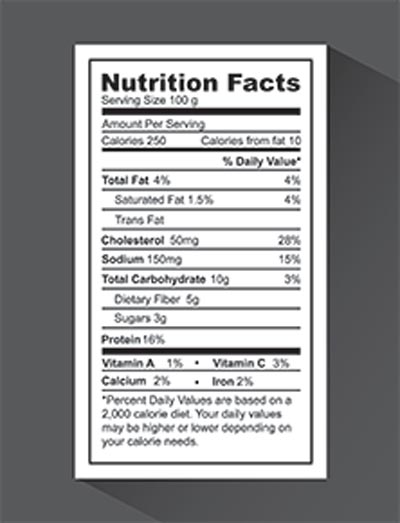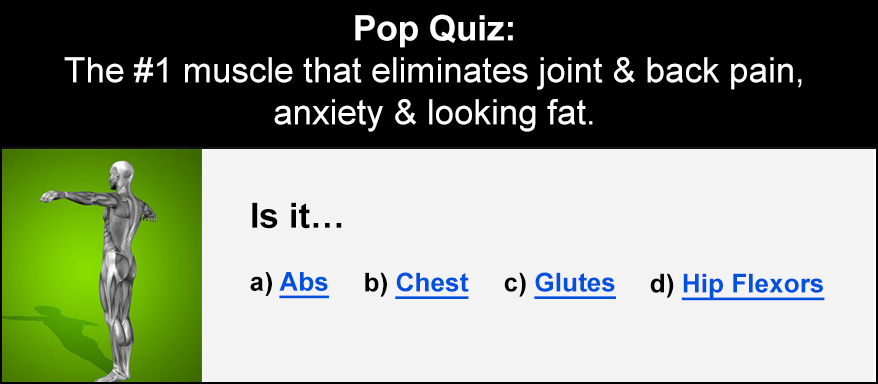
Feeling lost every time you look at a nutrition label? Not sure which information is important to look out for? Well, you’re not alone!
Oftentimes, we are misguided by the food industry based on what they include on the nutrition label that you see on the packaging. In this article, I am going to break down a couple of the important facts you should be aware of, to better understand nutrition labelling.
The very first thing you want to be aware of, and always pay attention to, is the serving size. Nine out of ten times a serving size is actually much less than you think. For example, the packaging may say ½ cup cooked, but next to it in parenthesis it will say XX in grams. More often than not, the amount in grams doesn’t equate to the serving size that is listed. Therefore, what happens ultimately, is you may end up eating more than what the recommended single serving size really is. This took me the longest time to really grasp because for as long as I can remember I was focused on “serving size” and not paying attention to the smaller, and more specific details that are in parentheses. It wasn’t really till I started my first weight loss challenge that I started to question what a true serving size is; it was an AHA moment! Ever since then, I really work at staying within what a true serving size is.

Secondly, it is very important to read through the list of ingredients. I don’t know about you, but many times I read the list of ingredients on a food item and have zero idea what the any of those ingredients are. The key is to pay attention to what the first ingredient is, as it is the one that appears in the highest quantity in the product. Ingredients are listed in order of their weight present in food products.
Also, learn the buzz words of the food industry such as sugar, saturated fat, etc. These and most other ingredients have alternative names that are often used on nutrition labels. If the first three ingredients include refined grains, sugar or hydrogenated oils you can assume that this particular product is not one of the healthiest options for you. And if an ingredient list is more than 2 to 3 lines … this is a good indication that the product is highly processed. Just this bit of information has helped me look differently at what I am actually consuming. I’ve learned that some foods which I thought were healthy for me, actually turned out to be the opposite.
Another thing to be on the look-out for is misleading claims. Heathline.com has a really good article about nutrition labels and the “misleading claims” companies will use to make you believe that what you are eating is healthy, in an effort to draw you to their products. For example, organic on a box really says very little as to whether or not a product is healthy. Another word to be cautious of is natural. Natural doesn’t verify that a product is truly natural. It only indicates that a company worked with a natural source at some point while making the product!

A huge buzz word in the food industry is gluten-free. We all know how popular the gluten-free craze is, but keep in mind this doesn’t mean healthy! More often than not, these types of food may actually be highly processed. A few other terms to keep an eye out for include:
Multigrain – this just means they added additional gains, that are most likely refined
Fruit Flavored – this indicates that the fruit flavor has been added to the product via a chemical process to give it its’ flavor.
It is these buzz words that can mislead a consumer into believing that what they are eating is a sound nutritional choice and ultimately, healthy for their body … when in actually it may not be.
These three points are what have helped me to better understand what I am eating and what I need to try and avoid. For the longest time nutrition labels left me confused and blinded me from what was the truth. Sadly, many companies want a slogan or phrase to stand out over their competitors. However, now armed with a better understanding of how to read nutrition labels and comparing them to other products, I am able to make the best decision on what I am buying.
As the saying goes … “You are what You EAT.”








